When it comes to laboratory essentials, knowing the difference between beakers and flasks and their applications is fundamental. Beakers typically perform straightforward tasks such as mixing liquids or applying simple heat, while flasks handle specialized procedures that require precision and control, like titrations or maintaining thermal stability during complex reactions. In this guide, we explore how these vital pieces of lab equipment come into play and how to choose the right one for every scientific task, without overcomplicating your selection process.
Key Takeaways for Beakers and Flasks
- Beakers and flasks hold, mix, and heat substances and conduct chemical reactions, serving as essential laboratory tools. Each type offers specific benefits; for example, beakers are ideal for general tasks, while Erlenmeyer flasks excel in specialized tasks like precise measurements and controlled reactions.
- Borosilicate glass is the preferred material for crafting beakers and flasks due to its chemical inertness, resistance to temperature changes, and durability against thermal shock, which makes it reliable for repeated use in various scientific applications.
- The design and variety of laboratory beakers and flasks cater to a wide range of scientific needs; from heat-resistant round bottom flasks ideal for distillation to conical Erlenmeyer flasks designed for mixing and storing liquids, ensuring that researchers have the appropriate vessel for every type of experiment.
Understanding Beakers and Flasks
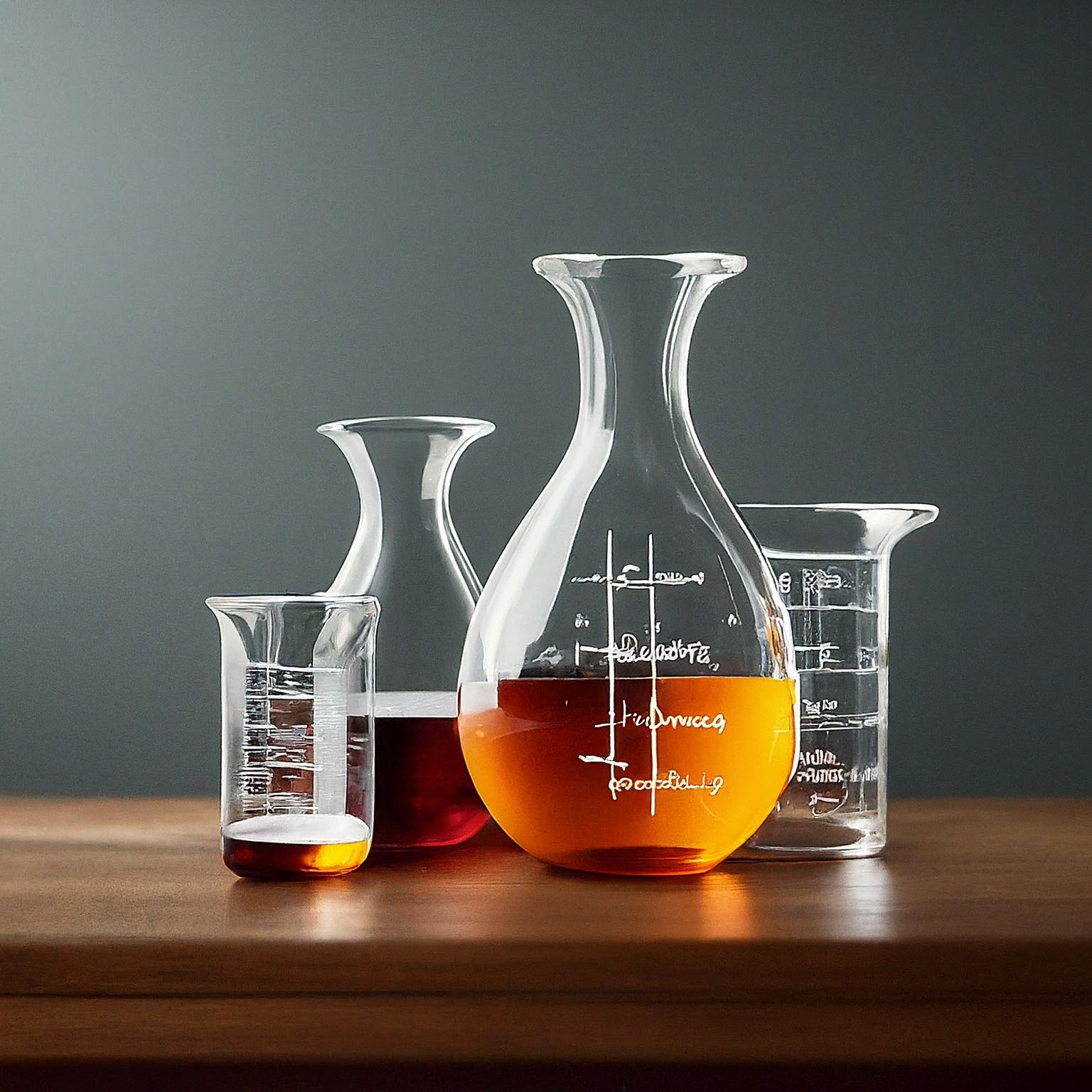
In every chemistry lab, beakers and their flasks stand as the foundational tools for a myriad of scientific endeavors. Picture a beaker: a cylindrical vessel with a flat base, unassuming yet versatile, ready to hold, mix, or heat substances with unparalleled ease. Flask beakers, with their various shapes and sizes, complement each other by offering specialized functionalities for more complex tasks such as precise measurements and controlled reactions. These glass companions are the stalwarts of science labs, not demanding precision in volume but excelling in versatility and transparency for clear observation.
Imagine the freedom to experiment, to observe the swirl of a solution without obstruction—the beakers and flasks enable just that. They are the vessels through which science speaks, where hypotheses are tested, and discoveries are made. Their role may be fundamental, but their contribution is immeasurable. They are the silent partners in every experiment, the keepers of reactions, and the holders of solutions.
Beakers: Lab Essentials
As elementary as the alphabet in today’s laboratory, beakers are the quintessential lab beakers, their glass beaker forms ranging from one milliliter to several liters in capacity. These cylindrical containers with a flat bottom perform a multitude of tasks—from preparing solutions to decanting fluids and even holding waste before disposal. A small spout enhances their utility, making pouring easier and solidifying the beaker’s place as an essential tool.
But not all beakers are created equal. Some, like the tall form Berzelius beakers, come with graduated markings, turning them into measuring vessels that satisfy the rigorous needs of quantifying liquid volumes. Others can be covered with a watch glass to prevent contamination, a testament to their adaptability and consideration for lab safety. These are the silent workhorses of the lab, present in every experiment, reliable in their simplicity, and indispensable for their functionality.
Flasks: Versatile Lab Tools
While beakers offer simplicity, flasks are the Erlenmeyer flasks of ingenuity in the lab flask line. Each Erlenmeyer flask is a testament to the need for specialized glassware—take the iconic Erlenmeyer flask, with its conical shape and flat bottom, perfectly designed for swirling, storing, and heating liquids. Volumetric flasks, on the other hand, are the standard-bearers for precision, their sealed necks ensuring that evaporation doesn’t compromise concentration—a crucial aspect for chemistry lab work.
Then there are the boiling flasks, including the Florence variety, with their round bodies and long necks, primarily used for distilling liquids, and the Claisen flasks, equipped with two necks to facilitate complex distillation setups. Each type of lab beaker and flask serves a purpose, from the simple to sophisticated, ensuring that the vast lab flask line includes a vessel for every experiment, such as distilling and boiling flasks themselves. They are more than just containers; they are the instruments through which the very essence of chemistry is explored and understood.
Borosilicate Glass: The Material of Choice
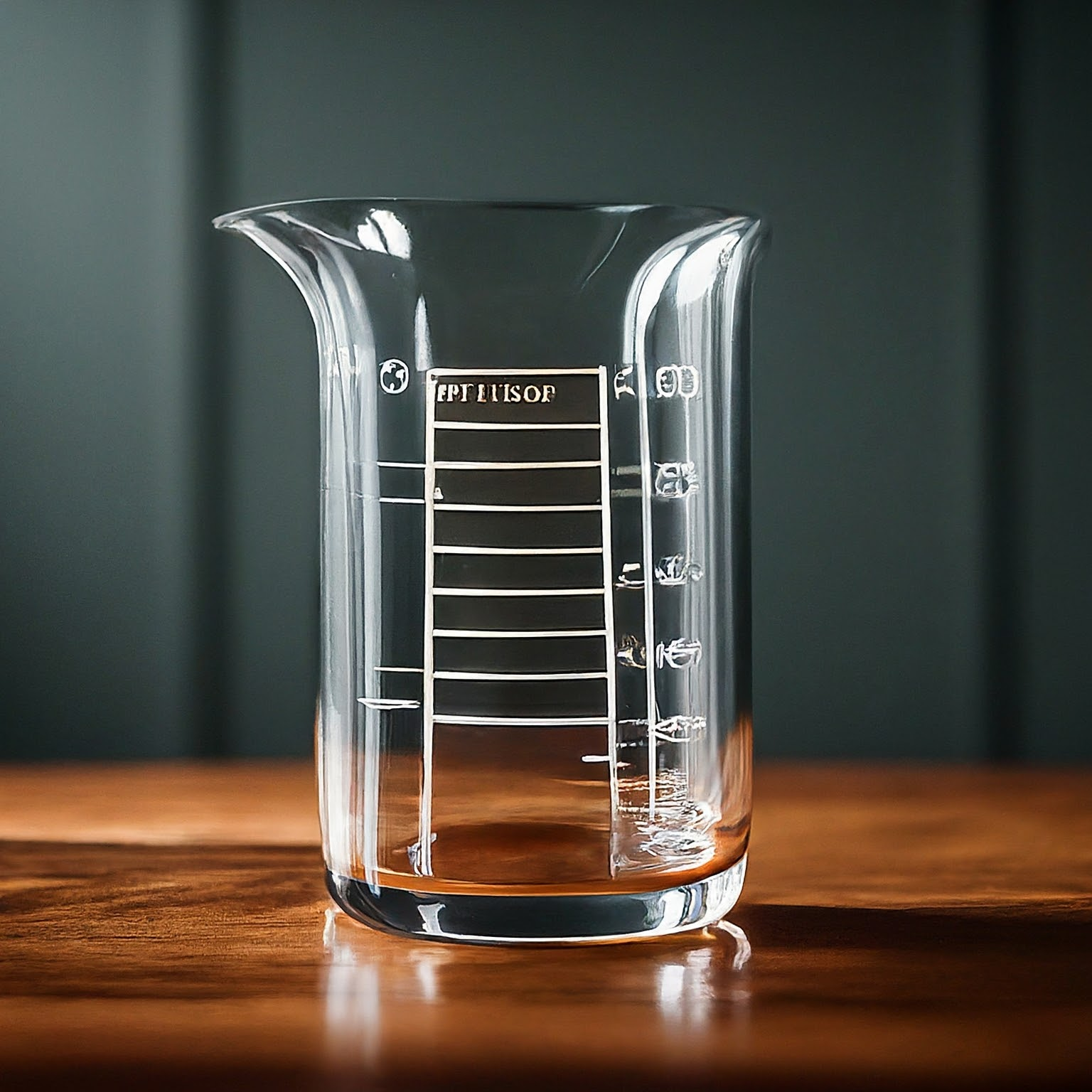
When it comes to the construction of beakers and flasks, one material stands out: borosilicate glass. This isn’t your everyday glass. Borosilicate glass is a symphony of silica sand, boric oxide, and other oxides, melted together to create glassware that is as strong as it is resilient. Its impressive shear modulus and Knoop hardness at room temperature make it incredibly resistant to the wear and tear of daily lab use. It’s no wonder that borosilicate glass beakers and flasks are the staples in any science lab.
Borosilicate glass resists temperature changes and adverse chemical reactions, showcasing human ingenuity and ensuring that experiments proceed without fear of sudden cracks or unexpected reactions. This material isn’t just about strength; it’s about providing scientists with peace of mind, knowing that their glassware won’t fail them when it matters most. Borosilicate glass doesn’t just hold liquids; it holds trust, the trust of countless scientists who rely on its durability day in and day out.
Heat Resistance
Amidst the heat of discovery, borosilicate glass stands unyielding. Its properties include:
- Low thermal expansion coefficient, meaning it doesn’t flinch even when the temperature rises
- The annealing temperature range that would make metals envious
- The softening point that towers over ordinary glass
- Ability to withstand rapid temperature changes without shattering
These qualities make borosilicate glass the material of choice for high-temperature applications and a silent guardian against thermal shock.
Consider the alchemy of heating applications in the chemistry lab—whether it’s on a hot plate or over a direct flame, borosilicate glass beakers and flasks can handle the heat without breaking a sweat. This remarkable heat resistance ensures that experiments requiring a steady increase in temperature can proceed without the risk of damaging the vessel, allowing scientists to focus on the reactions within, rather than worrying about the integrity of their glassware.
Chemical Durability
In the realm of scientific experiments, where aggressive chemicals are commonplace, borosilicate glass remains stoically indifferent. Its chemical composition, rich in silica and boric oxide, grants it a formidable defense against corrosive environments, ensuring that it can be used with a wide range of chemicals without fear of degradation. This glass is not just resistant; it is mostly chemically inert, providing a neutral ground where even the most reactive substances can be studied safely.
Even when faced with tough contaminants, borosilicate glassware can be restored to purity through a baptism of strong acids or alkalis, illustrating its resilience to even the most aggressive cleaning solutions. The chemical stability and resistance to corrosion make borosilicate glass the ideal choice for any chemistry lab, where glass beakers and flasks must withstand repeated exposure to a variety of substances without compromise.
Comparing Different Types of Flasks
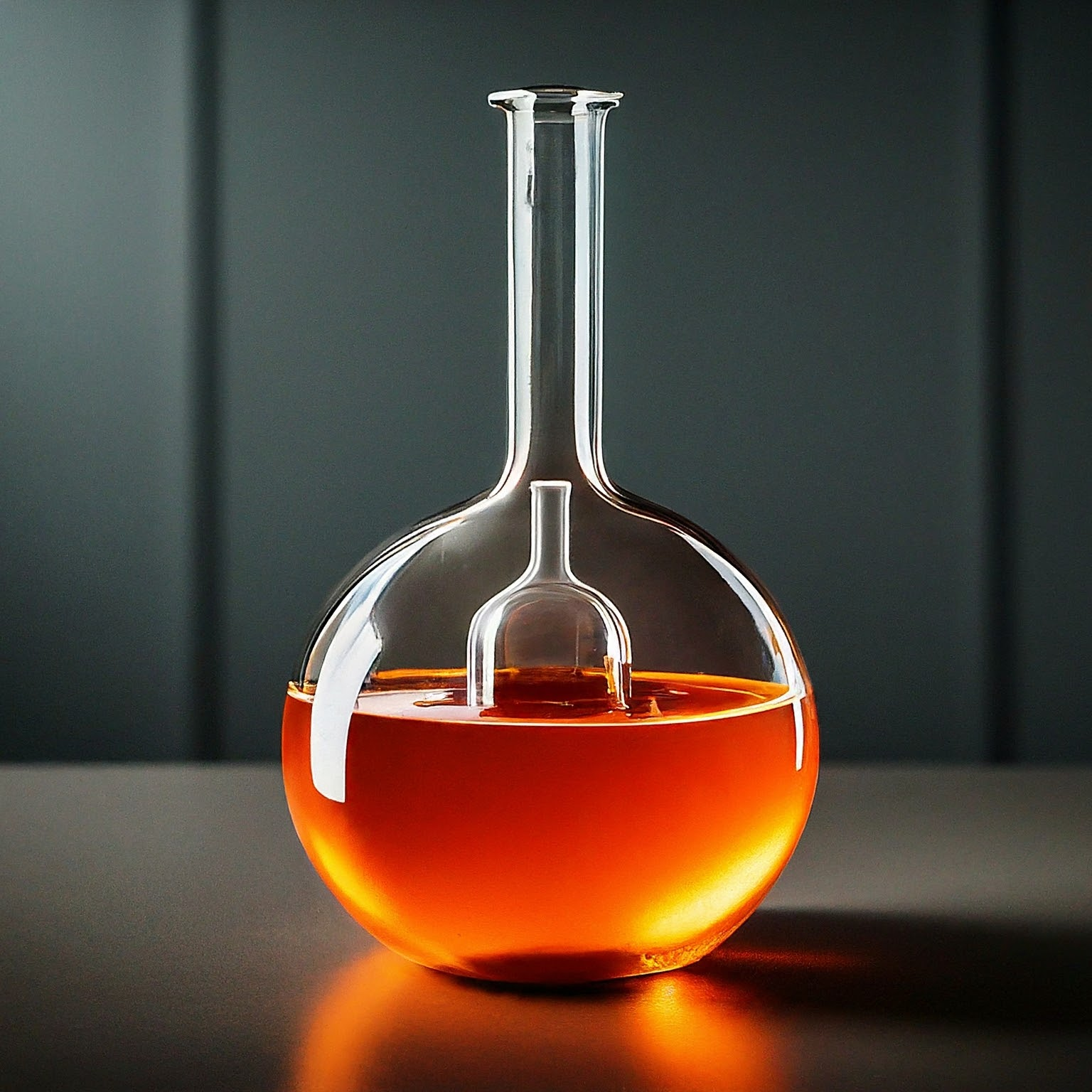
The diverse world of flasks in the chemistry lab is akin to a cabinet of curiosities, each designed with a specific purpose in mind. Some common types of flasks include:
- Round bottom flasks accommodate the heat of reactions and find frequent use in distillation and reflux processes.
- Filtering flasks, also known as Buchner flasks, feature a sidearm and serve in filtration setups.
- Dewar flasks maintain the stability of cryogenic liquids like liquid nitrogen during storage and transportation.
- Erlenmeyer flasks, with their conical shape, commonly mix, heat, and store liquids.
The variety of flasks is vast, with each type serving a specific purpose in the laboratory.
Within this trove of flasks, each has a role to play, tailored to meet the varying needs of the experiments they partake in. The size range, from a modest 150 ml to an impressive 5000 ml, ensures that no matter the volume required, there is a flask ready to rise to the occasion. The specificity of design and function makes flasks indispensable tools in the pursuit of scientific knowledge, ensuring that every experiment has the perfect glass companion.
Round Bottom Flasks
In the pantheon of flasks, scientists celebrate the round bottom flask for its even heat distribution, which is crucial for distillations and chemical reactions. The spherical shape is more than aesthetic; it minimizes stress on the glass and reduces the likelihood of fracture when heat is applied, showcasing the thoughtful design of lab equipment. With various neck lengths available, round bottom flasks seamlessly integrate into any experimental setup, proving that even the simplest design can be highly adaptable to rigorous needs.
In the orchestrated chaos of a reaction, the round bottom flask is often the centerpiece, its role in reflux setups is vital for maintaining a consistent boiling point, a symphony of heat and vapor in perfect balance. Whether heated directly by a Bunsen burner or cradled in a heating mantle filled with sand, these flasks ensure that substances are brought to the desired temperature with precision, safeguarding the integrity of the experiment.
Filtering Flasks
The filtering flask stands as a bastion of purity, its sturdy walls capable of withstanding the vacuum pressures required to separate the wanted from the unwanted. Integral to the process of vacuum filtration, the flask’s side hose connection is more than a mere feature—it is an essential conduit, a bridge between the vacuum source and the pursuit of clarity. Filtering flasks are a testament to the crucial role that separation plays in the science lab, where the refinement of substances is often the key to success.
As part of the lab flask line, these vessels are designed not just for functionality but also for safety. The heavy wall construction is a bulwark against the forces of vacuum, ensuring that even under intense pressure, the integrity of the glass—and the experiment—remains unchallenged. In the hands of the scientist, the filtering flask becomes an instrument of precision, a partner in the alchemical process of transforming the complex into the pure.
Specialized Dewar Flasks
Dewar flasks are the guardians of extreme temperatures, their silvered glassware reflecting more than just light—it reflects a commitment to maintaining the delicate balance of cryogenic states. The array of models, including those with handles for easy transport and wide mouths for effortless access, speaks to their versatility and the thoughtfulness with which they have been designed to serve diverse lab needs. With sizes that accommodate everything from a small sample to a significant quantity of liquid nitrogen, these flasks ensure that no matter the volume, the substance remains in stasis, perfectly preserved.
The specialized Dewar flask is more than just a container; it innovates in insulation, maintaining temperatures over extended periods, a critical factor in experiments where even minor fluctuations can mean the difference between success and failure. In the science lab, these flasks are not merely equipment; they embody control, taming and studying the most volatile elements.
Beaker and Flask Varieties: Meeting Diverse Laboratory Needs
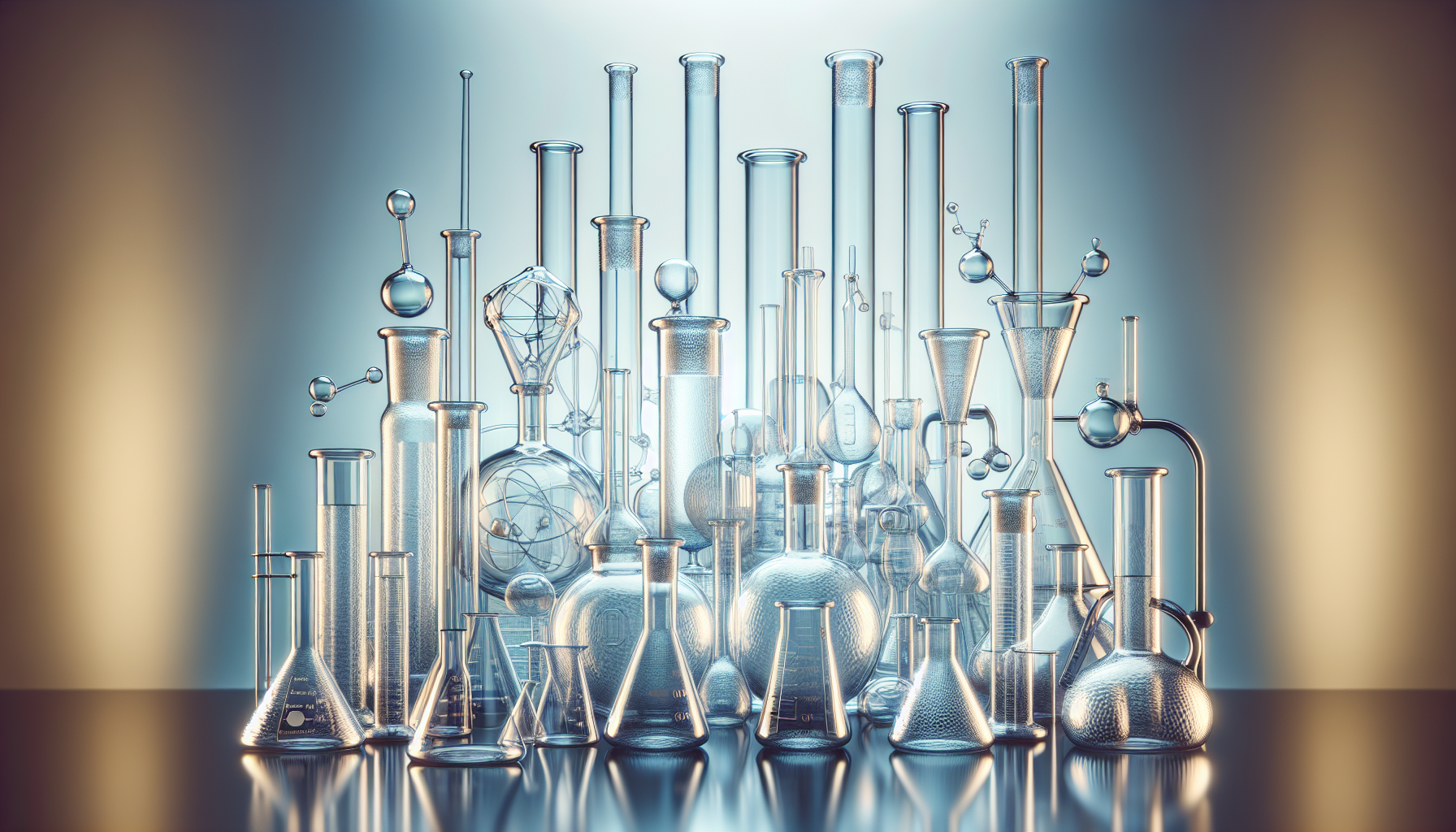
The laboratory landscape features a variety of beakers and flasks, each with a unique shape and purpose, ready to meet the varying needs of today’s lab. Whether you use a Griffin beaker for general tasks, a specialized jacketed reaction beaker for temperature-sensitive applications, or a disposable flask for one-time experiments, you can select the right tool for the task at hand. This array of glassware isn’t just about choice; it’s about finding the perfect match for each experiment, ensuring that every reaction occurs in the ideal environment.
DWK Life Sciences stands at the forefront of this variety, offering a range of beakers and flasks that are not just functional but also innovative. With heavy-wall designs for enhanced durability and LABMUG beakers that merge utility with modernity, they are redefining what it means to be an essential tool in the lab. From glass to plastic, large to small, the beakers and flasks of DWK Life Sciences are a testament to the company’s commitment to meeting the diverse needs of scientists and researchers across the globe.
Graduated Cylinders
Graduated cylinders are the paragons of precision in the laboratory, their tall and narrow stature designed to deliver the exactitude required by scientists measuring liquid volumes. The term ‘graduated’ refers to the incremental markings etched onto the cylinder’s surface, allowing researchers to read volumes with an accuracy that beakers can only aspire to. These instruments come in a range of sizes, including:
- 5 mL
- 10 mL
- 25 mL
- 50 mL
- 100 mL
- 250 mL
- 500 mL
- 1000 mL (1 liter)
- 2000 mL (2 liters)
This variety offers a spectrum of choices for the discerning scientist.
Crafted from glass or plastic, graduated cylinders cater to the needs of various experiments. Glass cylinders, in particular, stand resilient against chemical erosion and temperature shifts, with their uniform wall thickness distribution ensuring durability and reliability in every reading.
Whether measuring the volume of a liquid directly or determining the volume of a solid through displacement, graduated cylinders are the go-to apparatus for precise volume assessment in the laboratory.
Conical Flasks (Erlenmeyer Flasks)
Conical flasks, or Erlenmeyer flasks, are the chameleons of the glass beaker family, adept at performing a multitude of tasks with ease. Their iconic shape, with a wide flat base and a narrowing, narrow neck, serves a dual purpose: allowing for the vigorous swirling of liquids without spillage and facilitating ease of storage and handling. Available in sizes up to a voluminous 5000 mL, these flasks can cater to both small-scale educational experiments and large-volume industrial applications, exemplifying their adaptability.
But the utility of Erlenmeyer flasks doesn’t end with their shape. Sterile options exist for sensitive experiments where the slightest contamination could compromise results, making them ideal for biological applications requiring safeguards against pyrogens, DNases, and RNases. The ability to withstand gamma irradiation and autoclaving further underscores their robustness, ensuring that they maintain clarity and sterility even after repeated use. These flasks are a mainstay in any science lab, emblematic of the meticulous care that goes into every scientific endeavor.
Tall Form Berzelius Beakers
Tall, low-form Berzelius beakers, with their elongated and narrow design, are the precision instruments of titration, allowing for the meticulous addition of reagents and the keen observation of color changes. Unlike their low-form counterparts, these beakers often come without spouts, their cylindrical shape enhancing mixing capabilities and preventing any interference that a spout might cause during delicate procedures. The graduated markings on some models are a boon for scientists requiring volume measurement during titrations, adding an extra layer of precision to the process.
The unique features of tall-form Berzelius beakers, such as their 250 ml capacity and narrow neck, make them indispensable tools in titration experiments, where every drop counts and every milliliter can alter the outcome. In the hands of a chemist, these beakers are not just glassware; they are instruments of accuracy, pillars of precision, and vital components in the pursuit of quantitative analysis. Their presence in the lab is a testament to the continued evolution of glassware designed to meet the exacting standards of scientific research.
Lab Safety and Proper Handling of Beakers and Flasks
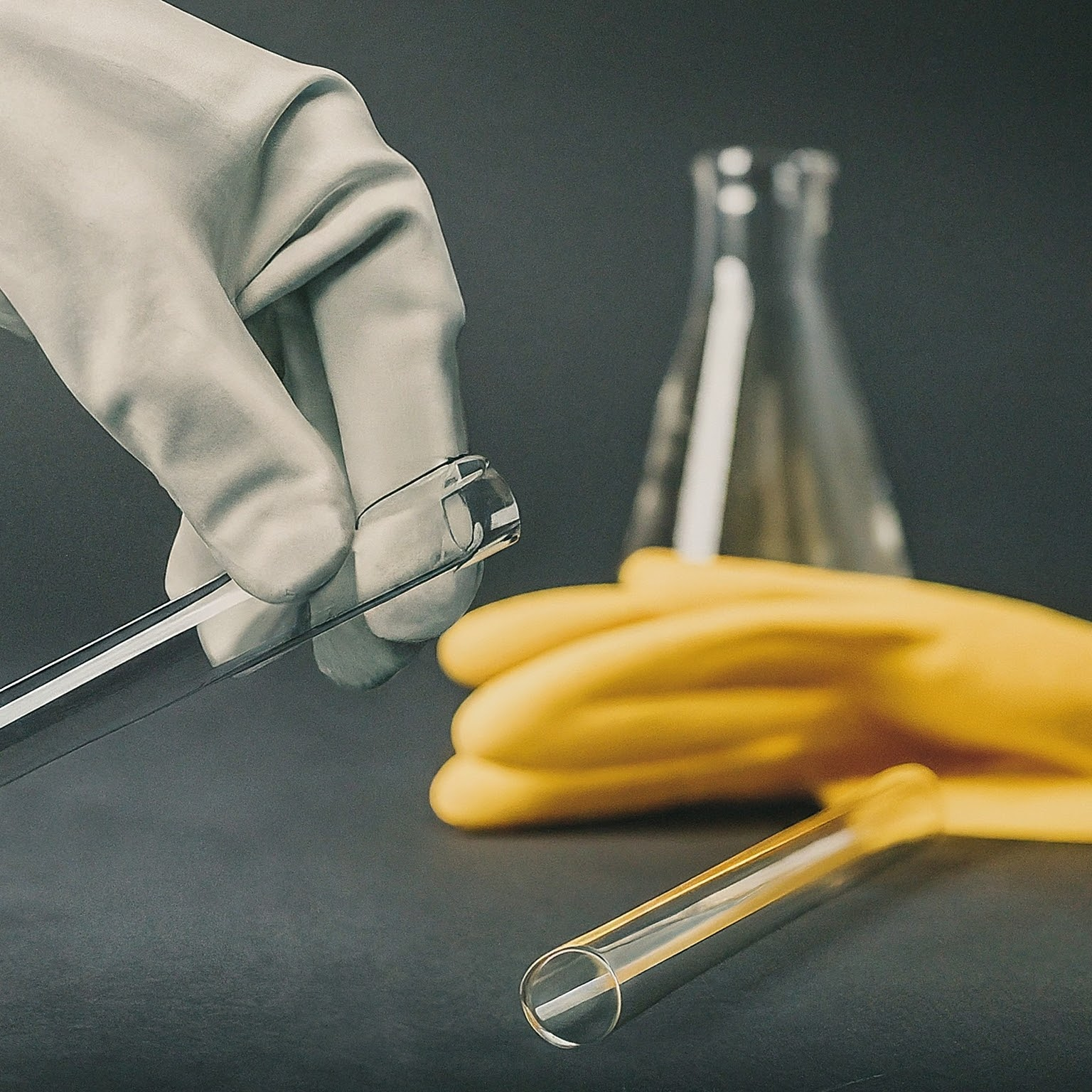
The sanctity of a science lab is upheld not only by the caliber of experiments conducted but also by the stringent adherence to lab safety and the proper handling of lab equipment. Beakers test tubes and flasks, the steadfast companions in myriad experiments, command respect and careful treatment to prevent accidents and ensure the longevity of the glassware. Whether it involves the gentle heating of a low-flammability liquid over a Bunsen burner or the meticulous cleaning after a day’s work, every action with glassware is performed with a keen awareness of the potential risks involved.
In the dynamic environment of today’s laboratory, the safety of personnel and the integrity of experiments lie in the proper use of beakers and flasks. This includes the selection of appropriate heating methods, such as steam baths for flammable organic liquids, and the careful storage of glassware to prevent damage. The marriage of lab safety and proper handling of lab equipment is fundamental, fostering a culture of responsibility and precision that is the hallmark of scientific excellence.
Beakers and Flasks: Heating Applications
Laboratory heating applications are as varied as the experiments themselves, with each method tailored to the specific needs of the substances. You can heat glass beakers directly using sources like Bunsen burners, but handle them with care to avoid thermal shock and potential breakage. Preventing ‘bumping’—the sudden and violent boiling of a liquid—is imperative to ensure the safety of both the scientist and the integrity of the glassware, a task achieved through controlled boiling and proper nucleation.
For flasks containing flammable liquids, alternative heating methods such as steam baths and sand baths offer a safe haven, allowing for the gentle warming of the contents without direct exposure to a flame. Heat guns provide another versatile tool, with the ability to manually adjust the intensity of the heat applied, making them suitable for a variety of tasks where targeted heat is essential.
Regardless of the method chosen, heating applications in the lab are conducted with meticulous attention to detail, ensuring that the reactions proceed as intended and the glassware remains unharmed.
Beakers and Flasks: Cleaning and Storage
The lifecycle of beakers and flasks in a science lab extends beyond their use in experiments; it encompasses their aftercare through proper cleaning and storage. Timely cleaning not only preserves the lifespan of the glassware but also maintains the sanctity of the laboratory environment. The process begins with:
- Disassembly of any removable parts
- Thorough rinsing with solvents
- Meticulous scrub using detergents and brushes, ensuring that every residue, whether organic or inorganic, is removed.
After thoroughly cleaning the glassware, leave it to air-dry on racks until the water droplets evaporate, completing the cleaning process. Then, store the dry, clean glassware in dust-free, designated areas, stacking it carefully to prevent any chipping or breakage. Proper storage solutions like racks and cabinets not only keep the glassware safe but also contribute to the order and efficiency of the lab, ensuring that every piece of equipment is readily available for the next scientific pursuit.
DWK Life Sciences: Innovations in Glassware
In the ever-evolving world of laboratory glassware, DWK Life Sciences emerges as a beacon of innovation, their name synonymous with quality product innovation and precision. As a leading manufacturer, they have carved a niche in the realm of beakers and flasks, introducing products that are not just tools but allies in the scientific process. The super-duty Erlenmeyer flasks from their KIMAX® and DURAN® lines are a testament to this, with reinforced rims that reduce breakage and enhance the overall reliability of the equipment.
The commitment of DWK Life Sciences to excellence is further exemplified by the various certifications their glassware carries.
- UKAS Certified Products come with individual calibration certificates
- Works Certified Products boast unique serial numbers and accompanying calibration certificates, ensuring traceability and precision in measurements
- Class A/AS volumetric items come with batch certificates providing detailed production information
These certifications are a mark of trust for scientists who depend on the exactness of their tools.
Beakers and Flasks: Graduation Range
Precision is not just a word but a promise when it comes to the graduated beakers and flasks from DWK Life Sciences. The graduation range on their glassware is meticulously designed to provide scientists with accurate volume assessments, critical in experiments where even a minor discrepancy can lead to significantly different outcomes. Crafted with precision, the KIMAX® and DURAN® super duty Erlenmeyer flasks stand as monuments to the company’s dedication to providing essential tools that aid in the pursuit of scientific truth.
The reinforced rims on these flasks do more than just minimize the chances of breakage; they ensure that the graduation marks remain intact and reliable over time. In a laboratory setting, where precision is paramount, the graduated range of DWK Life Sciences’ glassware provides scientists with the confidence that their measurements are accurate, their experiments sound, and their conclusions valid.
Beakers and Flasks: Large Labeling Area
Clarity is key in a fast-paced laboratory, and DWK Life Sciences has gone the extra mile to ensure that their beakers and flasks feature large labeling areas for easy identification. This thoughtful design element allows scientists to quickly mark and identify their glassware, a simple yet crucial aspect of lab safety and efficiency. It’s these little details that make a significant difference in the hustle and bustle of a busy science lab, where every second counts, and clarity can be the difference between success and a setback.
In addition to providing ample space for labeling, DWK Life Sciences’ glassware comes with batch codes that enhance the traceability of each item. By entering the trace code found on the glassware into an online database, users can access corresponding certificates, adding an extra layer of assurance to their scientific endeavors. This dedication to detail not only speaks to the company’s commitment to quality but also to their understanding of the daily challenges faced by scientists, striving to make the laboratory a smoother, more organized, and safer place to work.
Summary
As we reach the culmination of our exploration into the world of beakers and flasks, it becomes clear that these glass guardians are more than mere vessels; they are the conduits through which the essence of science flows. From the sturdy, reliable beaker to the specialized flask, each piece of glassware is a testament to human ingenuity and the relentless pursuit of knowledge. Borosilicate glass, with its unparalleled strength and resistance, stands as the material of choice, ensuring that experiments can be conducted with confidence, precision, and safety.
Dewar flasks, round bottom flasks, and the wide array of graduated cylinders and conical flasks each play their part in the grand orchestra of the laboratory, where precision, accuracy, and innovation are the melodies that drive discovery. DWK Life Sciences, with its innovative glassware and commitment to quality, underscores the importance of continual improvement and adaptation in the scientific field. As we look to the future, the evolution of laboratory equipment will undoubtedly march in step with the progress of science, ever-enhancing our ability to uncover the mysteries of the universe.
Certified MTP has an elite selection of lab solutions, showcasing industry-leading brands including Flasks, Beakers, Pipettes, & Graduated Cylinders, Buchner Funnels, Filter Funnels, Erlenmeyer Flasks, Measuring Pipettes, Stainless Steel Beakers, Glass Graduated Cylinders, and Plastic Graduated Cylinders.
Frequently Asked Questions
What is the function of the beaker flask?
The beaker flask functions as a general-purpose item in organic chemistry labs, such as for distillation, extraction, reaction, heating solvents, crystallization, and as an ice bath. Additionally, beakers are used to contain volumes of liquids.
Are beakers or flasks more accurate?
Volumetric flasks are the most accurate laboratory glassware, with volumetric pipets and burettes following closely behind with tolerances of less than 0.2%. It’s important to note that accurate measurements can be achieved with proper technique and measurement at the calibrated temperature (usually 20 degrees C).
Are beakers and flasks the same thing?
No, beakers and flasks are not the same thing. Beakers have straight sides, while flasks have slanted sides.
What makes borosilicate glass ideal for laboratory glassware?
Borosilicate glass is ideal for laboratory glassware due to its high strength, resistance to thermal shock, and good chemical resistance and durability, which are essential for withstanding extreme temperatures and reactive substances.
How do I properly heat a glass beaker in the lab?
To properly heat a glass beaker in the lab, use a Bunsen burner or a hot plate, but be cautious to prevent thermal shock. For flammable liquids, consider using steam baths or sand baths for safety.
Related Blogs for Beakers and Flasks:
Understanding Air Condenser Chemistry in 2023
Chemistry Glassware Names: A Comprehensive Guide
Suction Filtration: The Basics of Vacuum Filtration
What is a Graduated Cylinder Used For?
Most Accurate Glassware for Measuring Volume
All About Volumetric Flask: Uses, Function & Overview
Aspirator Flask: Benefits of Borosilicate Glass Filter Flask
Comprehensive List of Biology Laboratory Equipment in 2023
Everything You Need to Know About Beakers in Chemistry
Pipette or Measuring Cylinder: Tools for Liquid Measurements
Measuring the Volume of Liquid: Tips, Tools, and Techniques
Unlock the Secrets of Flask Volume for Accurate Results

